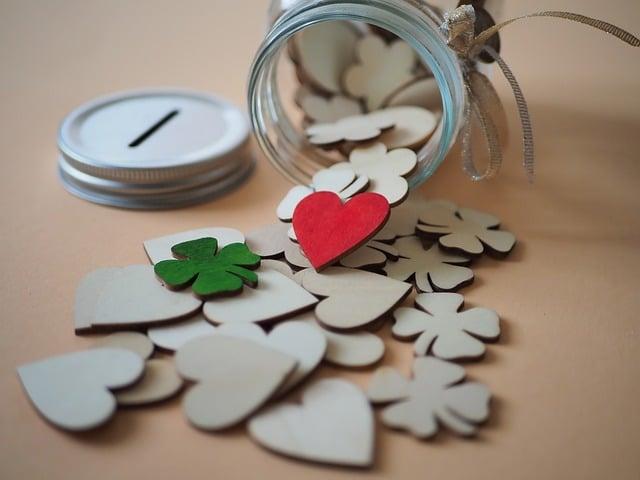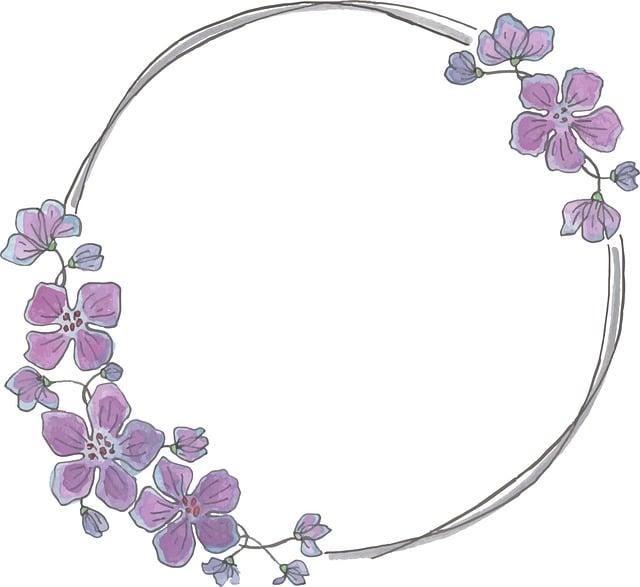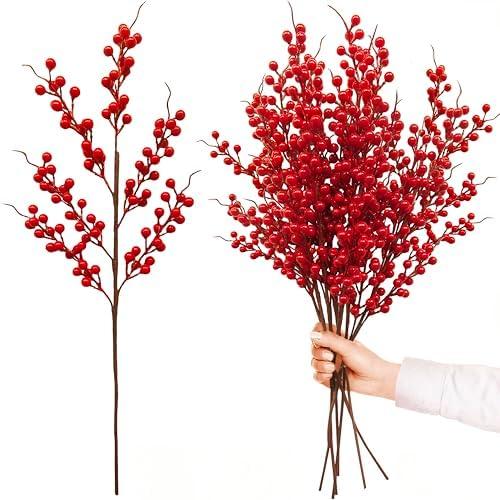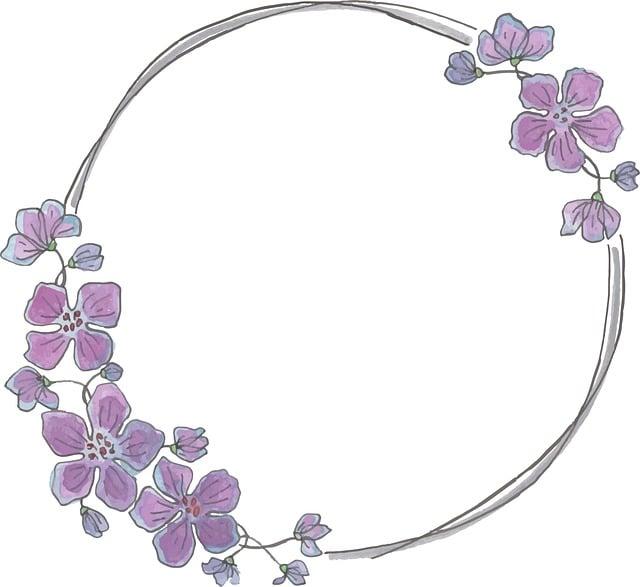As the sun dipped below the horizon, casting a warm glow over the quiet street, Sarah hung a vibrant wreath on her door. Each leaf and berry told a story—of seasons passed and memories made. To her neighbors, it was a simple decoration, but to Sarah, it symbolized welcome and warmth. It whispered of gatherings, laughter, and the comfort of home. As the days turned to weeks, the wreath transformed, reflecting the changing seasons, reminding all who passed that life is a tapestry of moments, woven together with love and connection.
Table of Contents
- The Symbolism Behind Wreaths: A Historical Perspective
- Seasonal Expressions: How Wreaths Reflect Changing Times
- Crafting Your Own Wreath: Tips for Personalization and Style
- Welcoming Guests: The Etiquette of Wreath Placement and Design
- Q&A

The Symbolism Behind Wreaths: A Historical Perspective
The tradition of adorning doors with wreaths dates back to ancient civilizations, where they served as symbols of victory and honor. In ancient Greece, wreaths made of laurel leaves were awarded to victors of athletic competitions, signifying achievement and glory. Similarly, the Romans adopted this practice, using wreaths to celebrate military triumphs and to honor the deceased during funerary rites. These circular arrangements, often crafted from natural materials, represented the cycle of life and death, embodying the idea of eternity and the unbroken circle of existence.
As time progressed, the symbolism of wreaths evolved, intertwining with various cultural and religious practices. In Christianity, wreaths became associated with the Advent season, symbolizing hope and the anticipation of Christ’s birth. The circular shape of the wreath, with no beginning or end, reflects the eternal nature of God’s love. Today, wreaths are crafted from a myriad of materials and are used to convey a range of sentiments, from welcoming guests to commemorating loved ones. They serve as a versatile emblem of celebration, remembrance, and the continuity of life, making them a cherished decoration in many households.

Seasonal Expressions: How Wreaths Reflect Changing Times
Wreaths have long served as a canvas for seasonal expression, evolving in design and meaning as the year progresses. Each season brings its own palette of colors, textures, and symbols, allowing wreaths to reflect the unique characteristics of the time. In spring, vibrant florals and fresh greenery burst forth, symbolizing renewal and hope. Summer wreaths often embrace the warmth of the sun with bright hues and playful elements, while autumn wreaths showcase the rich, earthy tones of falling leaves and harvest bounty. Winter wreaths, adorned with evergreens and festive accents, evoke a sense of warmth and togetherness during the colder months.
Beyond their aesthetic appeal, wreaths also carry deeper meanings that resonate with the changing times. They can signify **celebration**, marking holidays and special occasions, or **remembrance**, serving as a tribute to loved ones during times of loss. The materials used in wreath-making often tell a story, from natural elements that connect us to the earth to handcrafted pieces that reflect personal creativity. As we hang a wreath on our door, we invite others to share in the narrative of the season, creating a visual dialogue that speaks to the heart of community and tradition.

Crafting Your Own Wreath: Tips for Personalization and Style
Creating a personalized wreath allows you to express your unique style and add a touch of warmth to your home. Start by selecting a base that resonates with your aesthetic—whether it’s a traditional grapevine, a sleek metal frame, or a whimsical foam shape. From there, consider incorporating a variety of materials to enhance texture and visual interest. **Natural elements** like dried flowers, pinecones, and twigs can evoke a rustic charm, while **vibrant ribbons** and **ornaments** can infuse a pop of color and playfulness. Don’t hesitate to mix and match different styles; a bohemian wreath can beautifully coexist with classic elements, creating a stunning focal point for your door.
When it comes to personalization, think about the seasons and occasions that inspire you. For a spring wreath, opt for **pastel florals** and **fresh greenery**, while autumn calls for **rich hues** of orange and burgundy, adorned with mini pumpkins or acorns. Adding **personal touches** like family initials, seasonal quotes, or even handmade decorations can make your wreath truly one-of-a-kind. Remember, the beauty of crafting your own wreath lies in the freedom to experiment and let your creativity shine. Embrace the process, and your front door will become a canvas that reflects your personality and welcomes guests with open arms.

Welcoming Guests: The Etiquette of Wreath Placement and Design
When it comes to welcoming guests, the placement and design of a wreath can speak volumes about your hospitality. A wreath on the door serves as a visual invitation, signaling warmth and openness. To ensure your wreath conveys the right message, consider the following aspects:
- Seasonal Relevance: Choose a design that reflects the current season, whether it’s vibrant florals for spring or rustic pinecones for winter.
- Color Harmony: Select colors that complement your home’s exterior, enhancing the overall aesthetic while maintaining a welcoming vibe.
- Size Matters: Ensure the wreath is proportionate to your door; a well-sized wreath creates balance and draws the eye without overwhelming the entrance.
Beyond aesthetics, the design of your wreath can also convey personal style and cultural significance. Incorporating elements that reflect your heritage or interests can make your entrance uniquely yours. Here are some thoughtful design choices to consider:
- Natural Elements: Use materials like twigs, dried flowers, or herbs to create an organic feel that connects with nature.
- Personal Touches: Add ornaments or symbols that represent your family traditions or favorite hobbies, making the wreath a conversation starter.
- DIY Creativity: Crafting your own wreath allows for complete customization, ensuring it truly reflects your personality and style.
Q&A
-
What does a wreath on the door symbolize?
A wreath on the door often symbolizes welcome and hospitality. It serves as a decorative element that invites guests into a home, conveying warmth and friendliness.
-
Are there specific meanings for different types of wreaths?
Yes, different wreaths can carry various meanings. For example:
- Christmas wreaths: Represent the joy and spirit of the holiday season.
- Floral wreaths: Often symbolize love and remembrance, especially during memorials.
- Seasonal wreaths: Reflect the changing seasons and can signify renewal or celebration.
-
Is there a traditional time to display a wreath?
While wreaths can be displayed year-round, they are particularly popular during holidays such as Christmas, Easter, and Thanksgiving. Many people also change their wreaths with the seasons to keep their decor fresh and relevant.
-
Can a wreath have personal significance?
Absolutely! Many people create or choose wreaths that reflect their personal style, interests, or family traditions. A wreath can be a unique expression of identity, making it a meaningful addition to any home.
In essence, a wreath on the door is more than just a decorative piece; it’s a symbol of welcome, celebration, and the changing seasons. Whether for joy or remembrance, it invites us to pause and appreciate the beauty of life’s moments.

大家好,我是彼得潘,專業的手法身體治療師。我喜歡探索和研究各種主題,並透過與人工智慧的合作分享專業、實用、有趣的文章。我們定期進行人工審核,以確保內容的準確性。如果您發現文章中有任何不準確的地方,請隨時與我們聯繫,我們會及時糾正。您可以透過 [email protected] 與我們聯繫。



